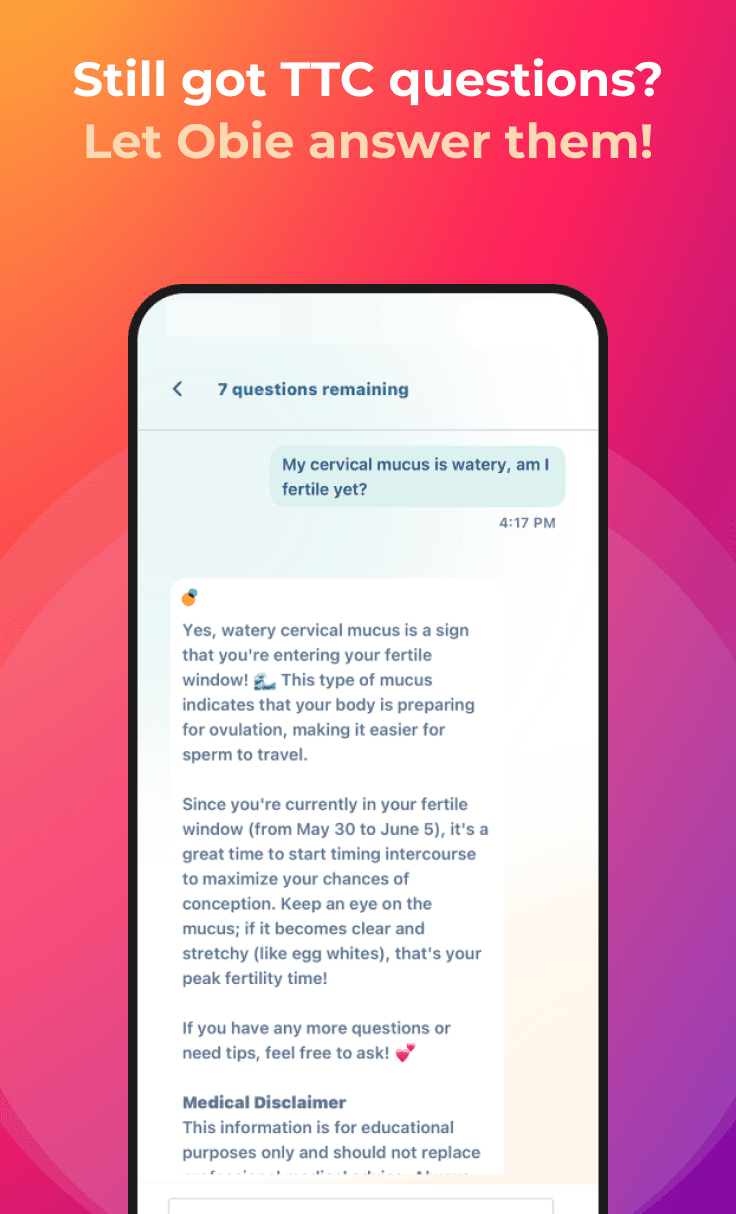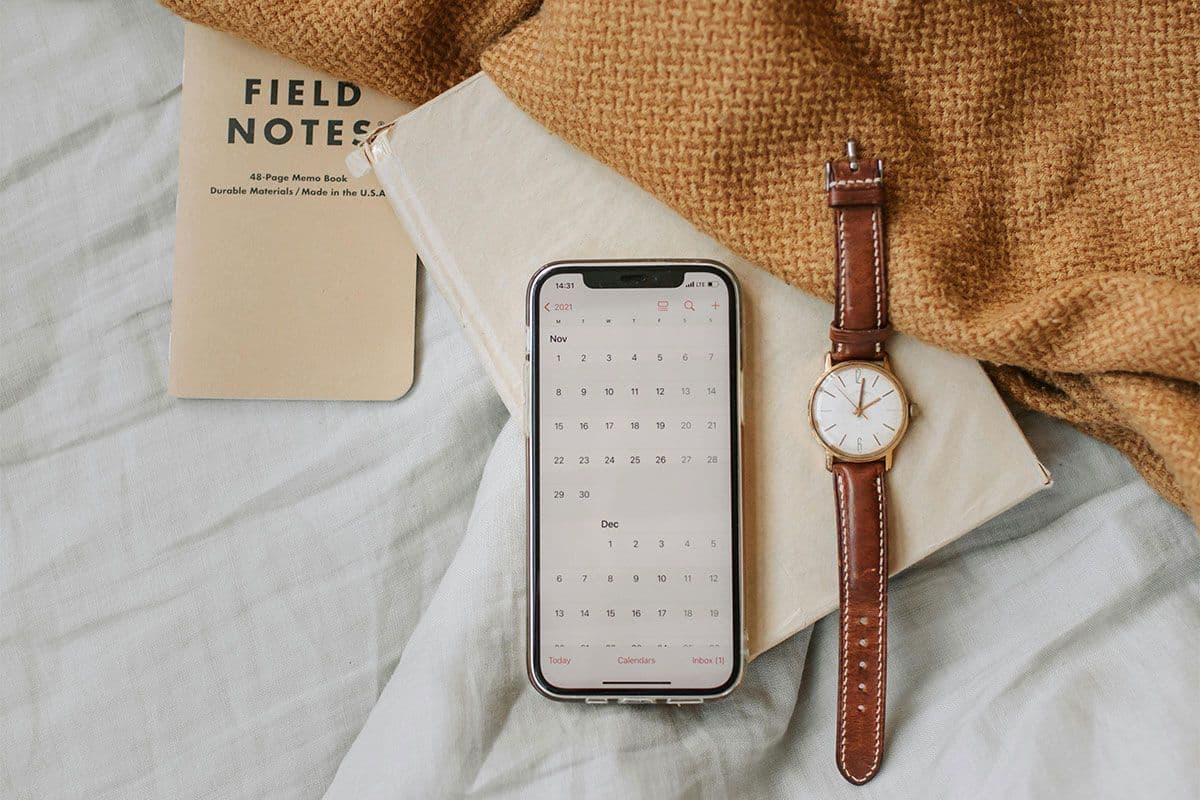Fertility 101: Lesson 09 - Create Ovulation Fertility Chart
babyMed University
Obie Editorial Team
LESSON 10: ALL ABOUT (IN)FERTILITY TESTING>>
Learning about your fertility through a BBT chart is a very exciting way to get pregnant! It makes you understand your body and often gives TTC more of a purpose.
Now that you understand the "what" and "why" of fertility charting, let's look at the "when" and "how." This is where you begin taking charge of cracking your body's fertility code. It's an exciting moment! Be sure to share this process with your partner, if possible. Try to make the daily temp taking an intimate ritual that reinforces your bond as hopeful parents.
- Start keeping track of your temperature on the first day of your menstrual period (the first day you see red blood). On the day of ovulation, there is sometimes a drop in temperature. About one to two days after ovulation, there is usually an increase in temperature by at least 0.2 degrees.
- The best and only way to do the BBT is when you wake up in the morning before getting out of bed. You should have slept for at least three to four hours. It's preferable to take your temp around the same hour each day.
- Use a basal body thermometer (mercury or special digital thermometer), which shows precise changes of one-tenth of a degree in your temperature. A digital thermometer can also work, although it's not as accurate, and the one-one hundredth-degree changes can be confusing.
- The temperature can be taken either in your mouth, the rectum, or even the vagina. In the same cycle, they should always be taken in the same place.
- Do not move, do not eat, do not drink, and do not smoke before you take your temperature. (Now's the best time to quit smoking anyway; do it for your baby's health and yours!)
- Write down the temperature to record in your BabyMed chart.
- In a typical biphasic chart, the temperature usually stays up until your next menstrual period, but the temperature can sometimes drop a couple of days before or after.
- When your menstrual period has come, it's helpful to indicate in the "bleeding" row on your chart at the end of your cycle that it has come (an 'M' is seen). This allows us to calculate the cycle length and the corpus luteum phase (time between ovulation and next menstrual period).
- If there is no menstrual period and the temperature stays up longer than 15 days, that's a good indication that you may be pregnant. (Hooray!) Do a pregnancy test!
- Because your BBT usually diagnoses ovulation only after it has happened, you may want to add other fertility signs such as checking the cervix or the cervical mucus if you want to predict impending ovulation. The cervical mucus changes several days before ovulation by becoming more abundant and stretchy. Within one to two days after ovulation, these typical changes disappear.
- Many women chart for many months as they are TTC. The chart will tell them, and their doctor, what's been going on.
Now you can begin entering your temps and other important data into your BabyMed chart. We've made it as easy as pushing a button! A step-by-step "wizard" takes you through the entire process.
Once your chart is established, one click will allow you to share it with other TTCers and submit it for evaluation by Dr. Amos and his staff.
You don't need any extra distractions from the joy of conceiving a child, so we've made the process as simple and stress-free as possible!








